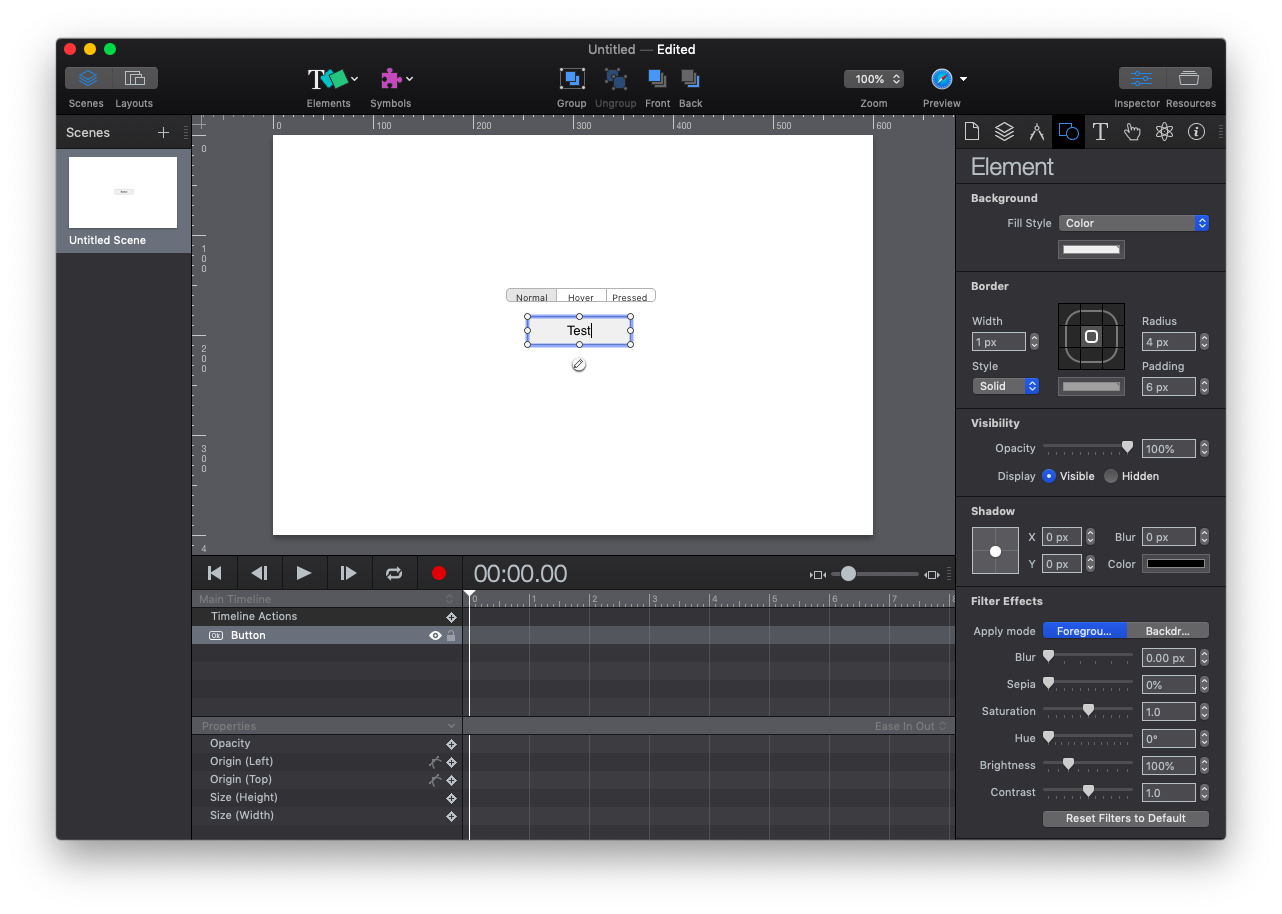
/cdn.vox-cdn.com/uploads/chorus_asset/file/19542086/index_app_dashbaord.jpg)
- #Best developer tools for mac for android#
- #Best developer tools for mac software#
- #Best developer tools for mac code#
If you stick with it you won’t need another tutorial. Stanford – Free and made by Stanford, so you know it’s a quality tutorial – the videos are often more than an hour long, but they are extremely in depth. A quick way to understand what the language is about, and don’t forget to also check out Udacity courses on Swift. Udacity – A long Udacity blogpost introducing the Swift language.

The majority of this guide is geared towards Swift-related resources. Below we’ve rounded up some of the best tutorials out there, including the famous and highly recommended Stanford free tutorial. The languages are, of course, Swift and Objective-C. Knowing your chosen IDE inside and out will help, but of course you also have to know the underlying language. Swifty – If you fancy learning Swift while on the move, this constantly updated mobile app will teach you anywhere you are.
#Best developer tools for mac code#
Also has a large number of code templates. We recommend you try Xcode out first before deciding to move: there are enough plugins that you can probably customise your experience to be exactly as you want it.Ĭode Runner – Claims to run any language, not just Swift, and comes at the very cheap price of $14.99, with a demo version available too. XCode is the original IDE made by apple, but there are alternatives.
#Best developer tools for mac software#
In general, an IDE is a graphical user interface (GUI)-based workbench designed to aid a developer in building software applications with an integrated environment combined with all the required tools at hand. We should probably by answering the question “What is an IDE?”Īn Integrated Development Environment (IDE) is an application that facilitates application development.
#Best developer tools for mac for android#
The good thing about Apple’s proprietary language is that all of these are relevant to native iOS coding, unlike for Android where plugins might only work on specific editors and IDEs.įirst, we begin with Editors and IDEs, and if you’d like more resources still, make sure to check out our App Development Tools Directory. We’ve put together a guide to best resources developed for Objective-C and Swift. While Swift came out in 2014, Objective-C was the language of choice before that for iPhone and iPad apps, resulting in two things: the language is stable and highly refined and the selection of tutorials for the xCode IDE, editors, libraries, plugins and other resources is vast and of excellent quality. Learning iOS app development is made much easier by the large amount of tutorials and learning material on the net.


 0 kommentar(er)
0 kommentar(er)
